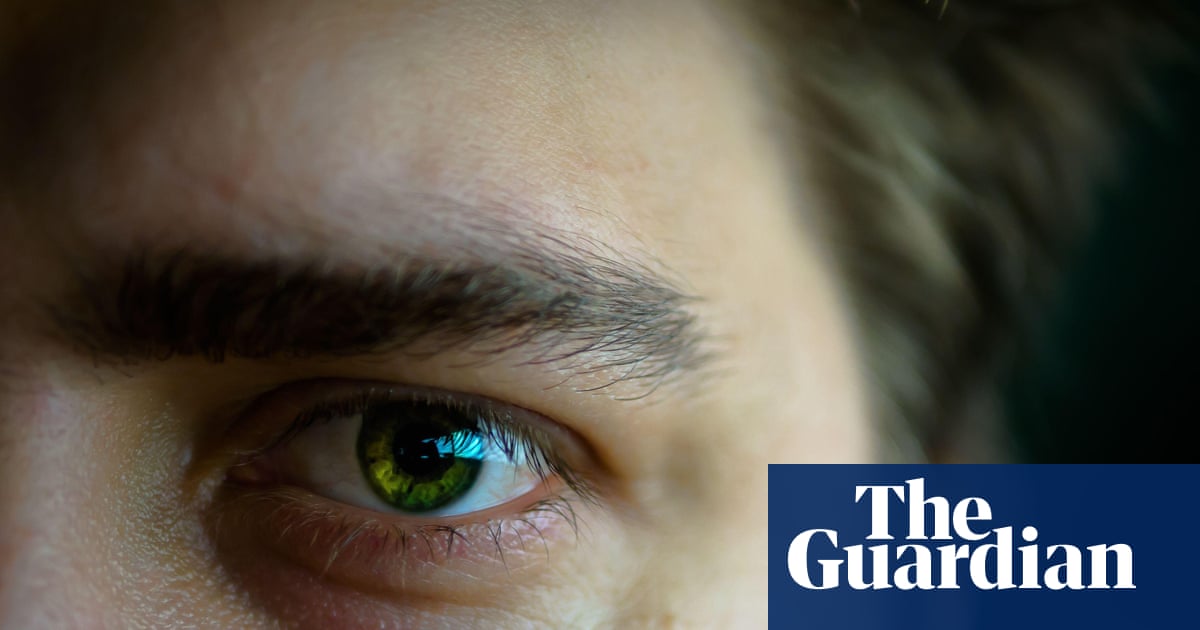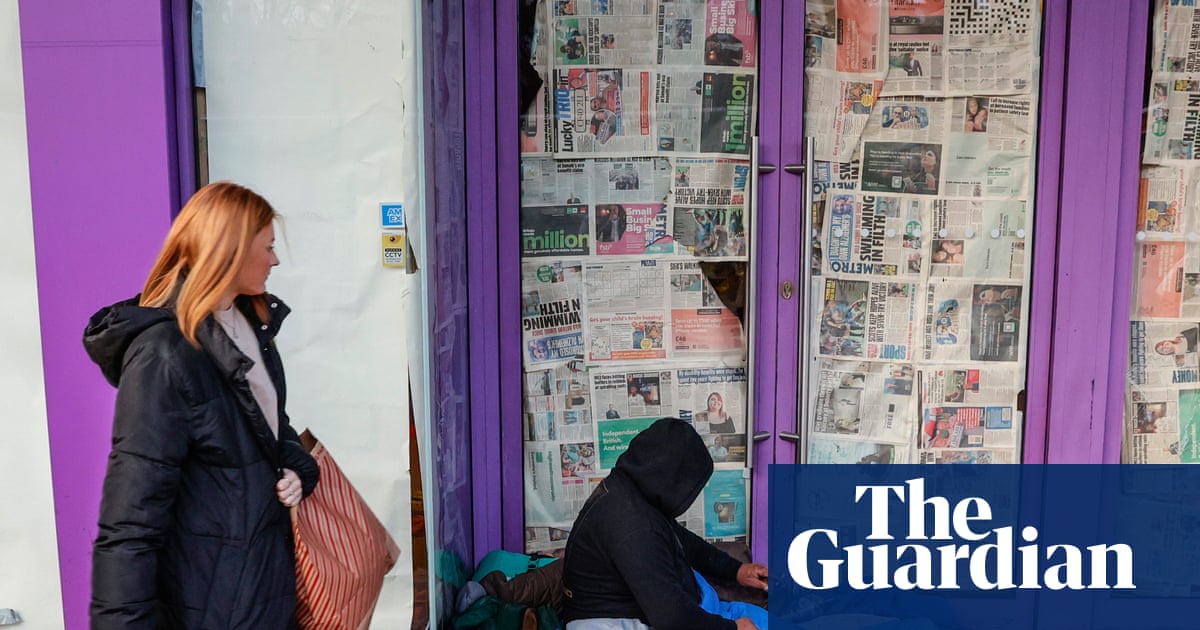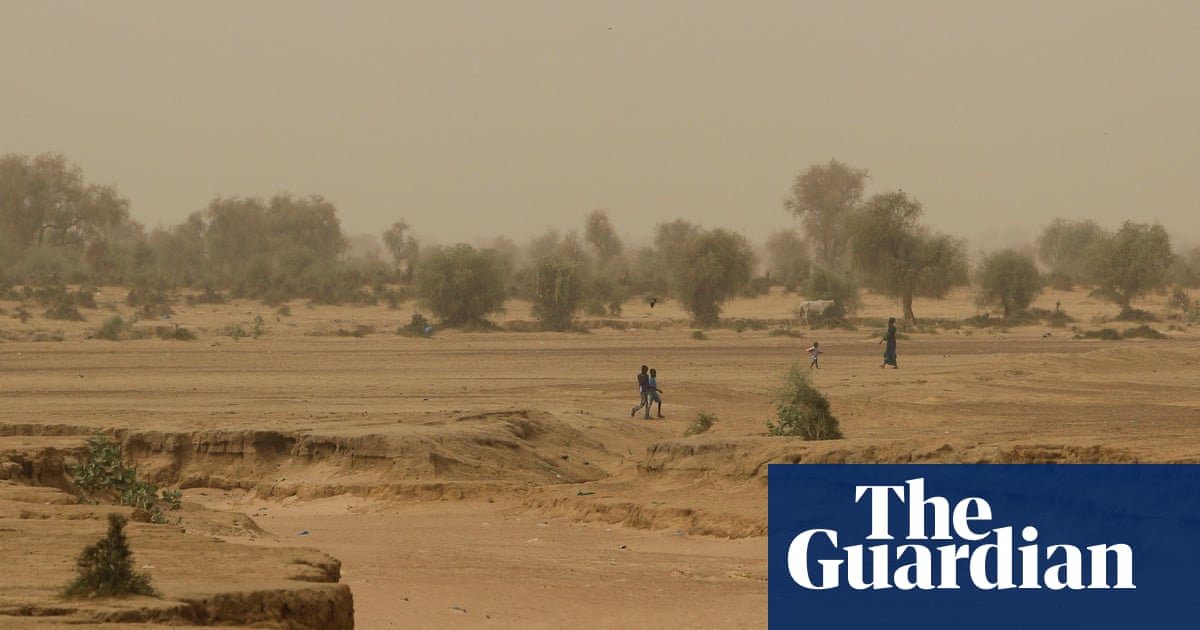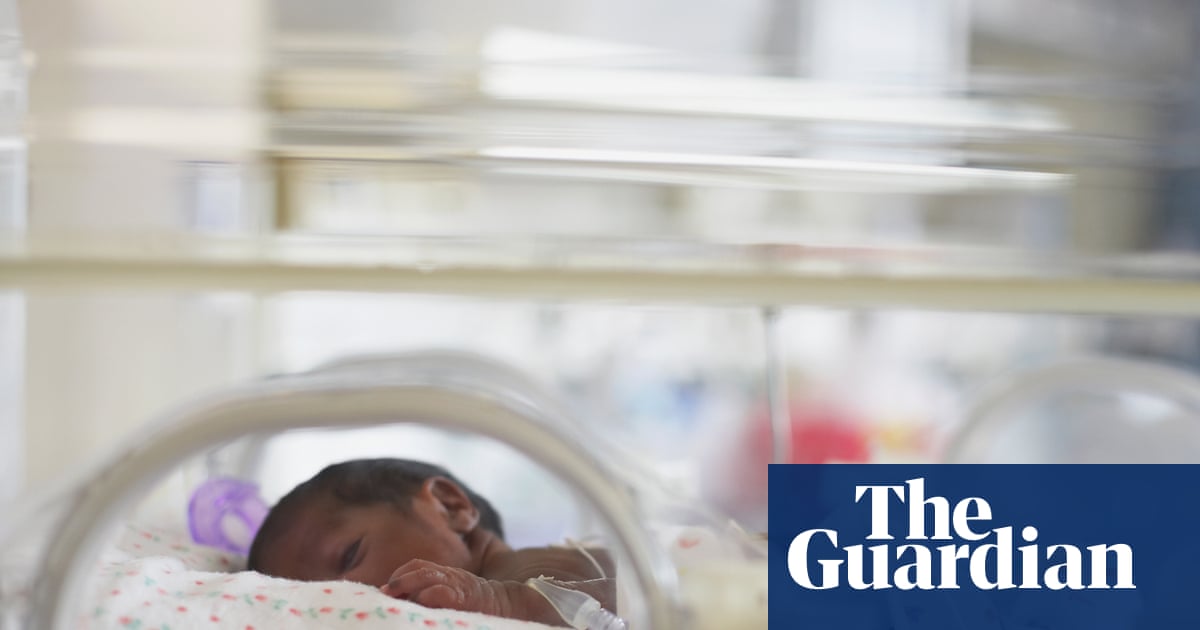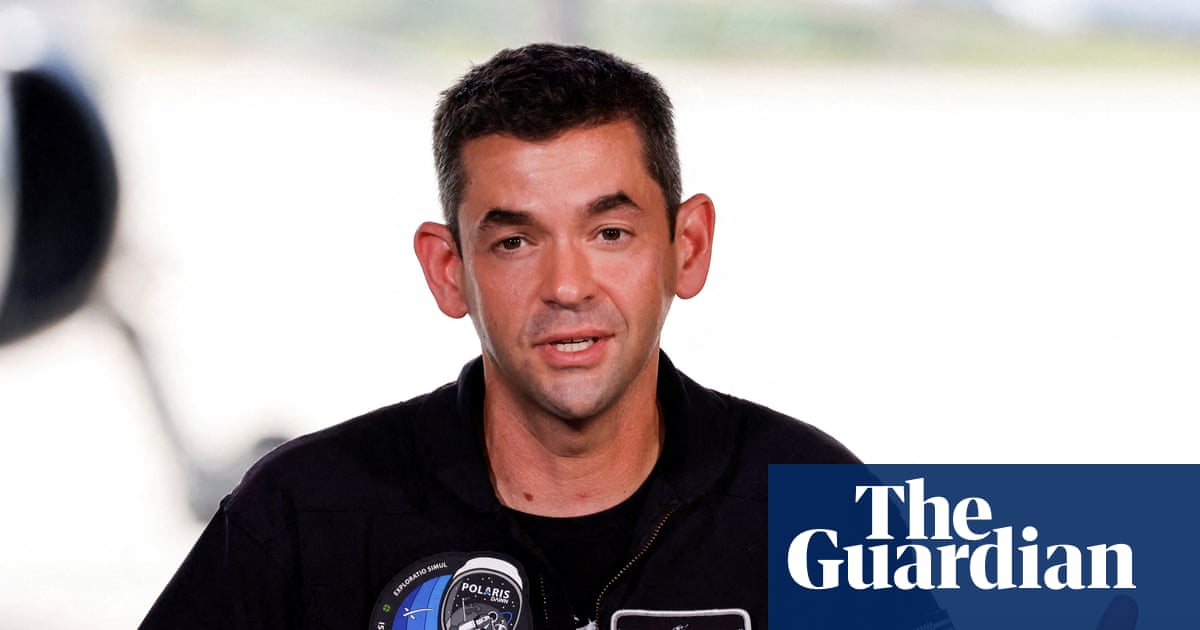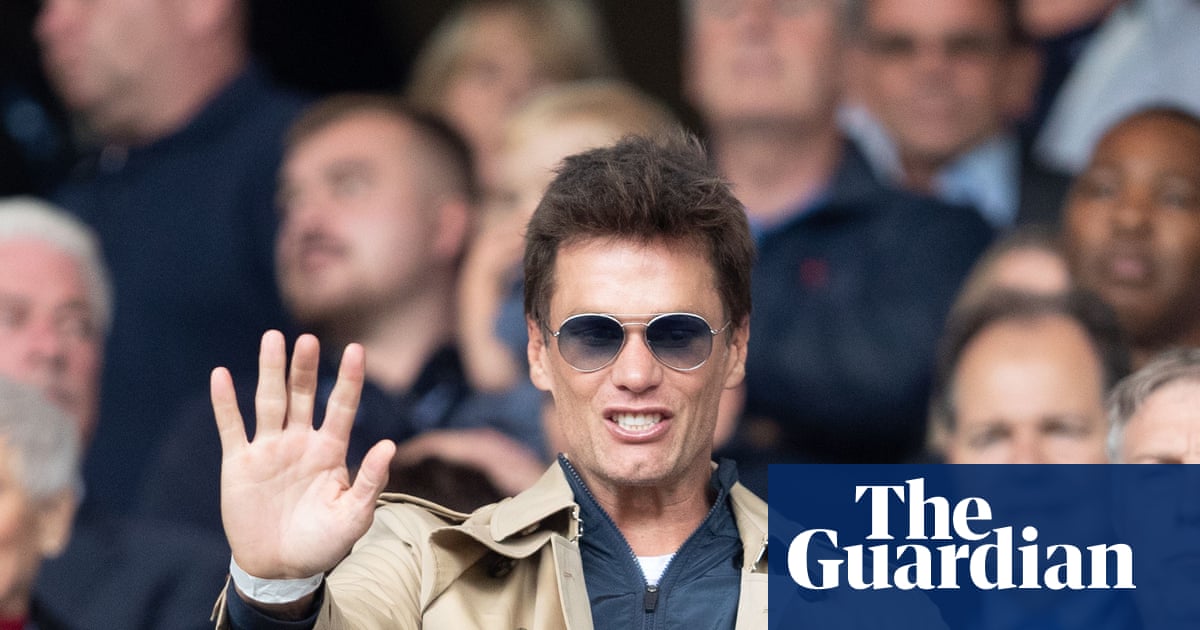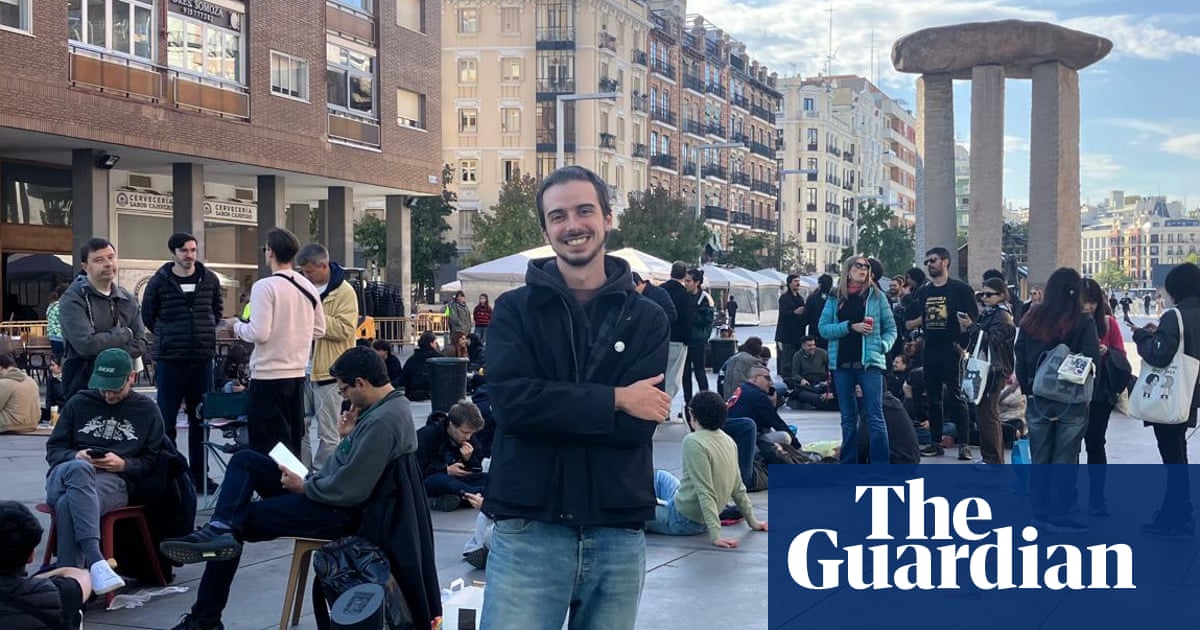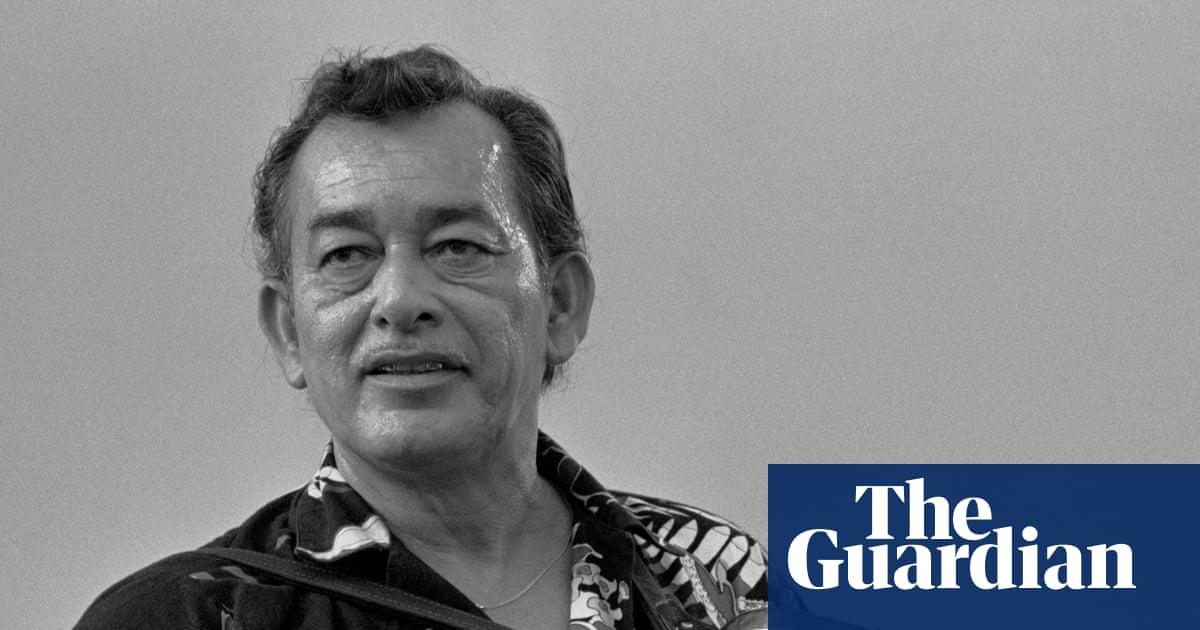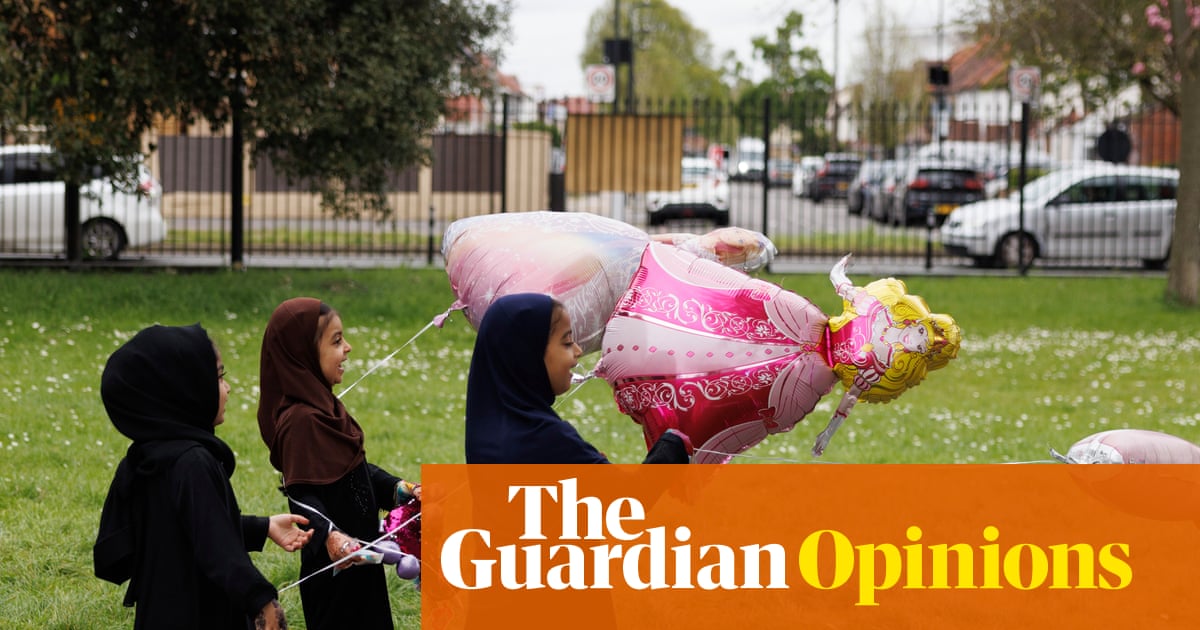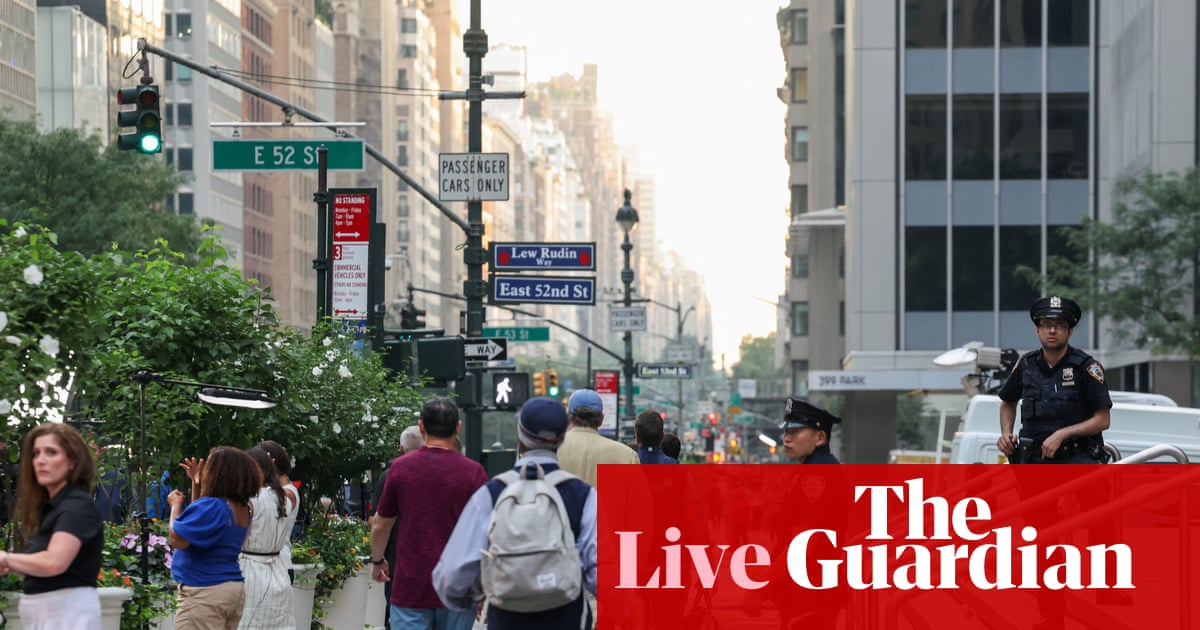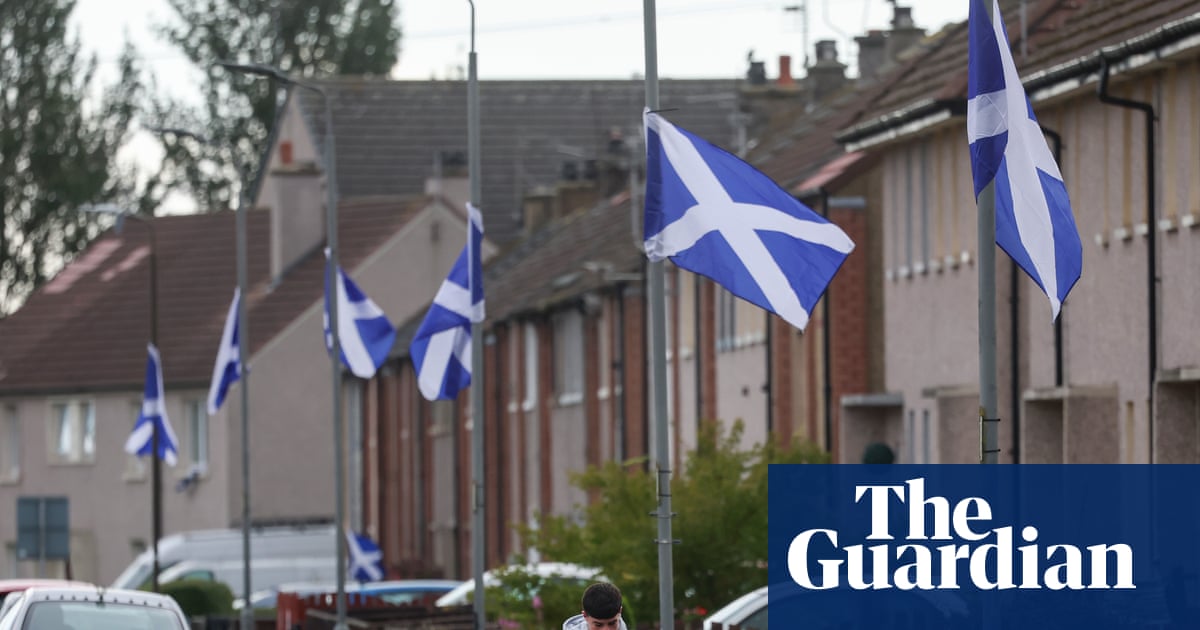The headline in SonntagsBlick Sport reads: “Lia hier, Lia da, Lia überall.” It is not metaphorical; Switzerland’s Lia Wälti is literally here, there and everywhere. From billboards and tram stops to produce packets and tourism adverts, the Arsenal midfielder is the poster girl of Euro 2025, the captain, the Champions League winner, the fulcrum of a team who captured the heart of the country as they set up a blockbuster quarter-final with the world champions, Spain.
There were raised eyebrows when Switzerland was announced as the host country. The largest stadium is the 38,512-capacity home of Basel, St Jakob-Park, where the opening game and final are being played. It felt like a step back from the 74,310-capacity Old Trafford, which hosted the opening game in 2022, and Wembley, which hosted 87,192 fans for the final between England and Germany.
Was Switzerland the easy option, conveniently on Uefa’s doorstep? Probably. However, if the group stage has set the tone, this tournament will be reflected upon as a roaring success. The group stage attendance record has been broken, with 461,582 fans piling in, and more records are set to tumble. Switzerland may lack a Wembley or Old Trafford but its small-to-middling-sized stadiums have overwhelmingly been full, locals and travelling fans captivated by a tournament they want to be a part of regardless of the fixture. Take Portugal’s 1-1 draw with Italy in Geneva, for example, which had an attendance of 22,713 for a mid-group game between teams outside the top 10 of the Fifa world rankings.
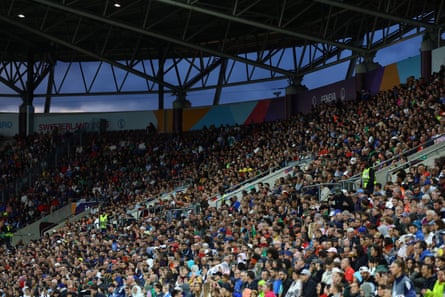
It is still valid to ask, given the pace of the game’s growth year on year, whether the scale of the tournament could have been much much bigger, but it is impossible to quantify whether another nation would have so easily and readily embraced a tournament in its entirety. What we can say is that the Swiss, and the large contingents of travelling fans, have created a feel similar to the Olympics, where those who miss out on the 100m finals book in for the beach volleyball just to say they were there and to soak up the vibe.
These are engaged Swiss fans too, not passively along for the ride, which is impressive given many of them have probably not watched a huge amount of women’s football live. At the host nation’s opening game, against Norway in Basel, the attendance was 34,063 but what was more impressive was the nature of the crowd. There was vocal support throughout, spearheaded by the supporters’ group, with very few lulls in chanting, clapping and energy. The attendance record for a women’s domestic match in Switzerland was set in March, when 10,647 fans watched Young Boys’ women’s team play Grasshopper at Zurich’s Stadion Wankdorf.
The fan marches have set the tone for the support, with a peak of 14,000 (12,000 Swiss and 2,000 Icelandic) taking part in one such walk to the Wankdorf for the hosts’ 2-0 defeat of Iceland.

There have been problems. Transport in some of the smaller cities, such as St Gallen, hasn’t been ideal post-match after 9pm kick-offs; supporters have had trouble bringing water into stadiums despite high temperatures; there aren’t enough women’s toilets in some grounds; and sky-high prices have made it difficult for travelling fans to stay out. All but the last are solvable, and it shows where costs have been kept low or where there has been a lack of care in the detail.
after newsletter promotion
Big changes may be taking place in the stands, fanbase-wise, but on the pitch it is clear that although the gaps between Europe’s elite and the next tier are closing as investment levels ramp up, they are far from being bridged. There are no surprises among the qualifiers for the quarter-finals, although perhaps only Spain and Sweden, despite showing they can be vulnerable defensively, have avoided an unconvincing performance.
A sense of jeopardy, the feeling that no team are infallible, aids the drive to increase interest. The identity of the quarter-finalists has been predictable but from here all bets are off and that makes for an exciting tournament.

 3 months ago
95
3 months ago
95


